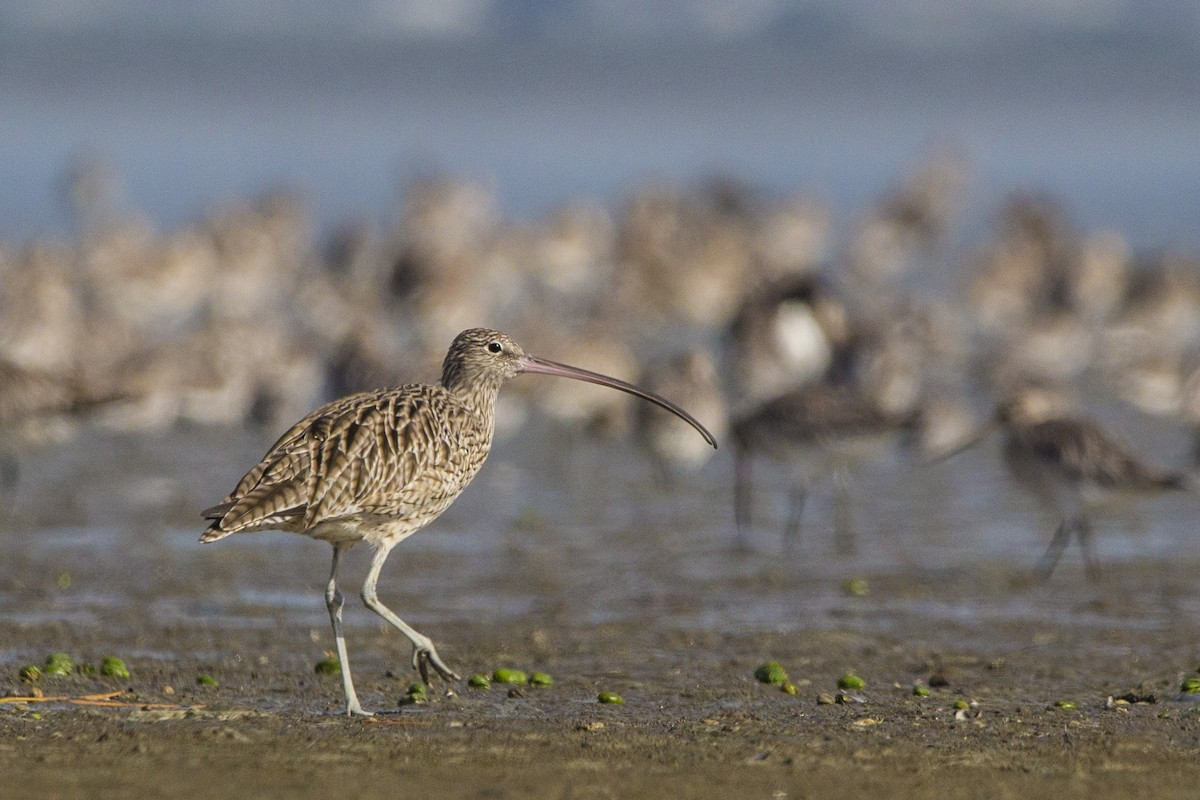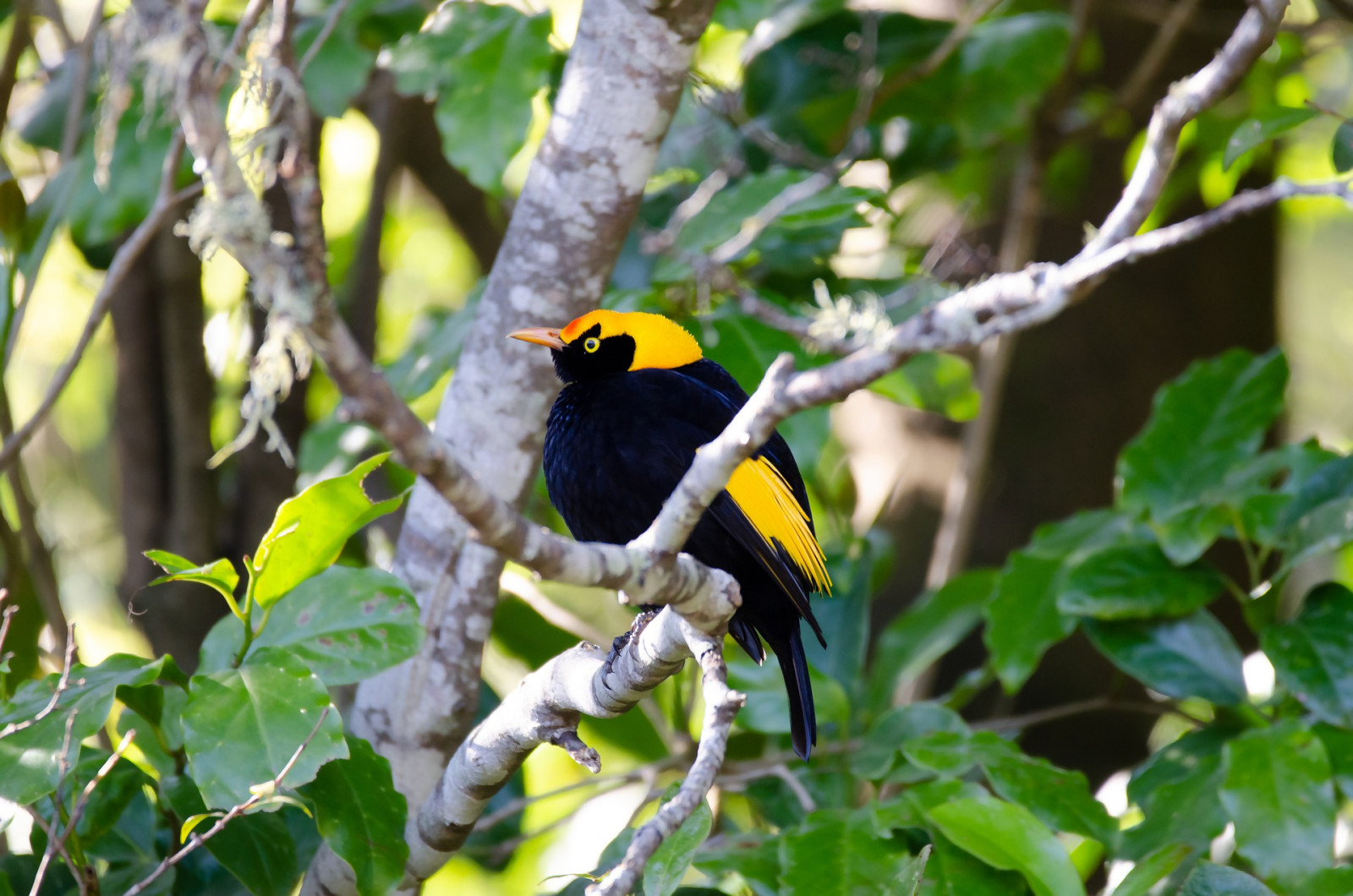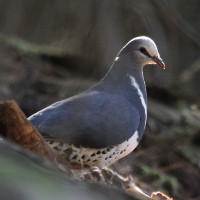Opis
The Manning River Mouth is located near the town of Harrington. Starting at the coastguard station, the breakwater/training wall is an easy walk to see water birds. The lagoon may hold Eastern Curlew, Whimbrel, Bar-tailed Godwit and Pacific Golden Plover. Terns gather on the outer sanbanks, including Greater Crested Tern, wintering Common Tern and White-fronted Tern, nesting Little Tern plus possible Caspian Tern, Whiskered Tern and Australian Tern. Aleutian Tern has been recorded once. Other waders include Pied Oystercatcher, Sanderling, Red-capped Plover and Ruddy Turnstone. The rare and impressive Beach Stone-Curlew may visit. Look out overhead for White-bellied Sea-Eagle, Brahminy Kite, Whistling Kite and Osprey.
The nearby rainforest trail offers a totally different suite of birds, including Regent Bowerbird, Spectacled Monarch, Black-faced Monarch, Golden Whistler, Eastern Yellow Robin, Wonga Pigeon, Rose-crowned Fruit-Dove and wintering Rainbow Pitta. The trail continues through bush to the beach with the possibility of Southern Emuwren and, at the southern tip of its range, Red-backed Fairywren.
Szczegóły
Dostęp
Take the main road through Harrington village centre and park near the coastguard lookout. Press P on the map for directions to the parking spot. Allow an hour for the walk along the breakwater/training wall; longer if venturing on to the beach. The start of the rainforest trail is at the far end of the holiday park from the lookout, with additional parking there. Allow another hour for a slow walk through the forest and to the shore.




 via Wikimedia Commons.jpg)
